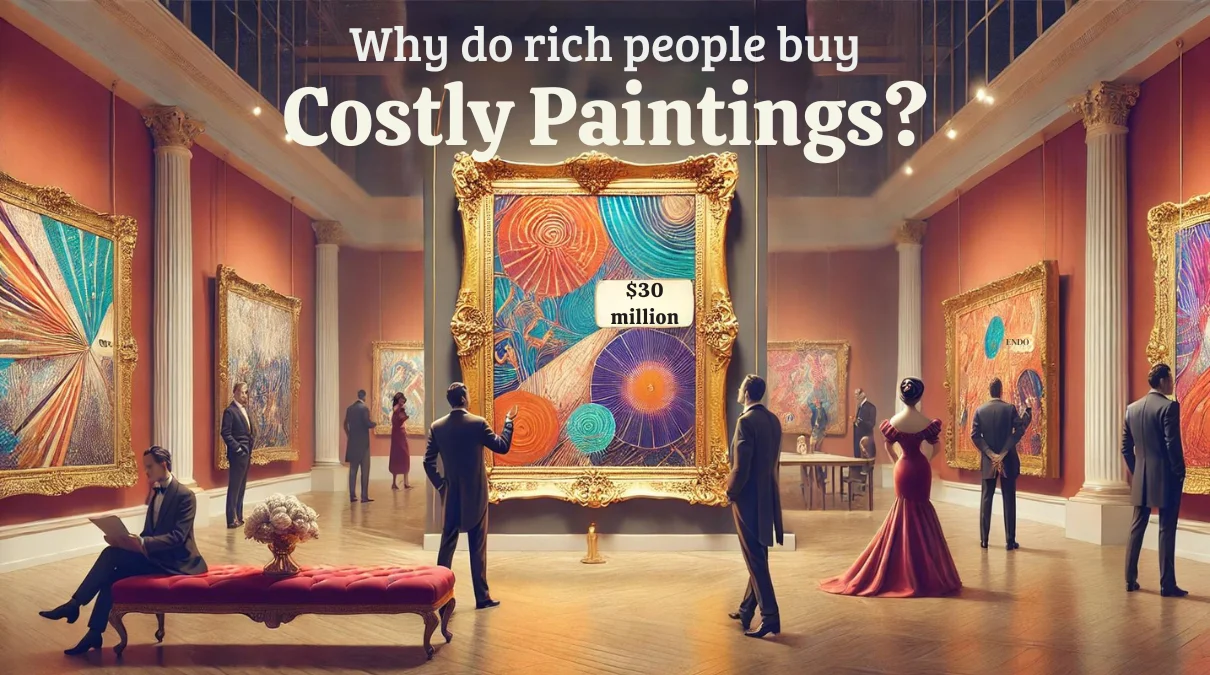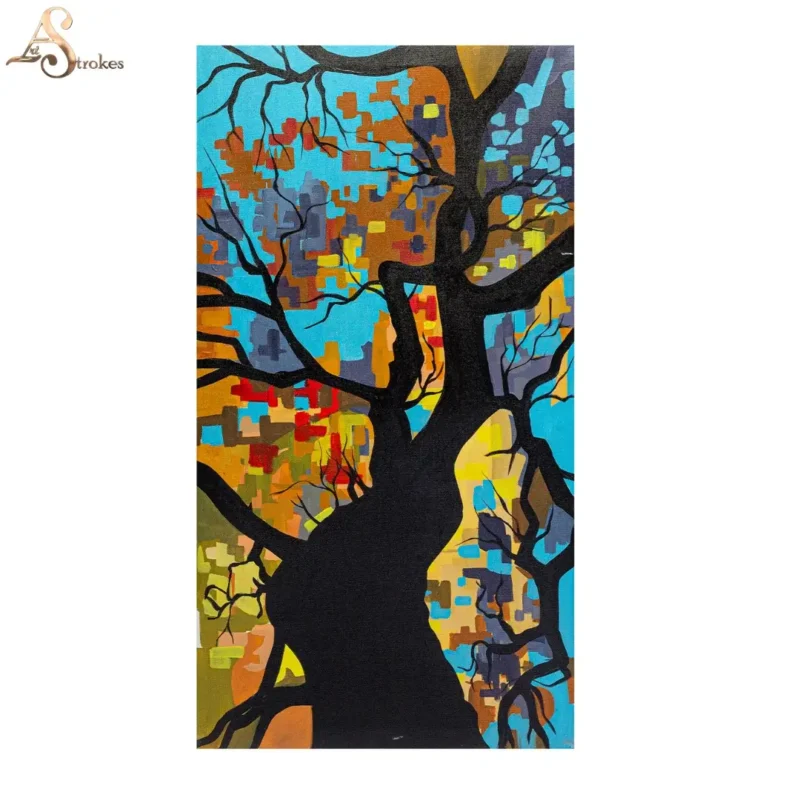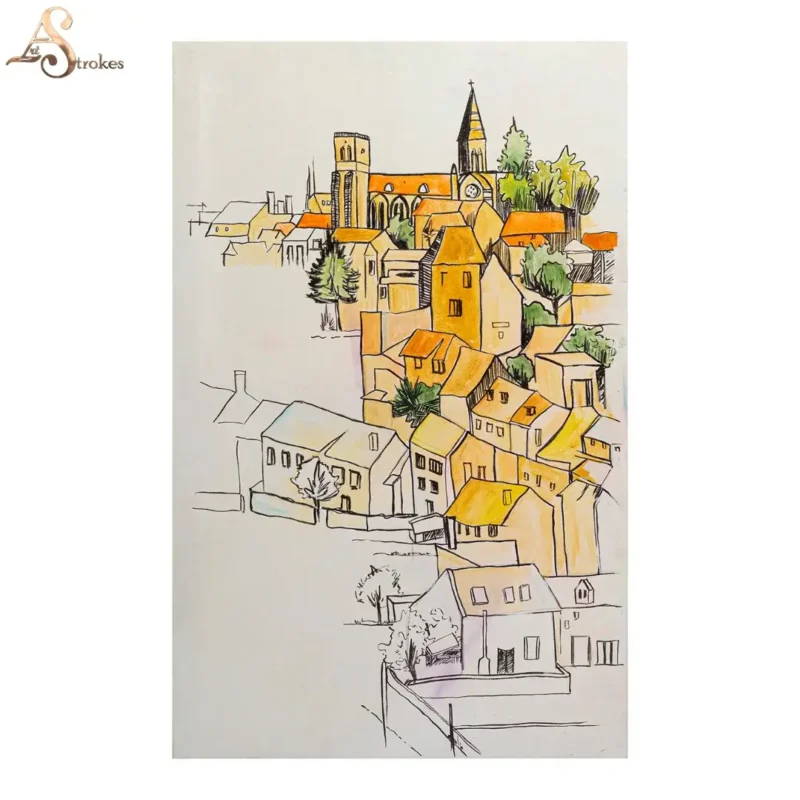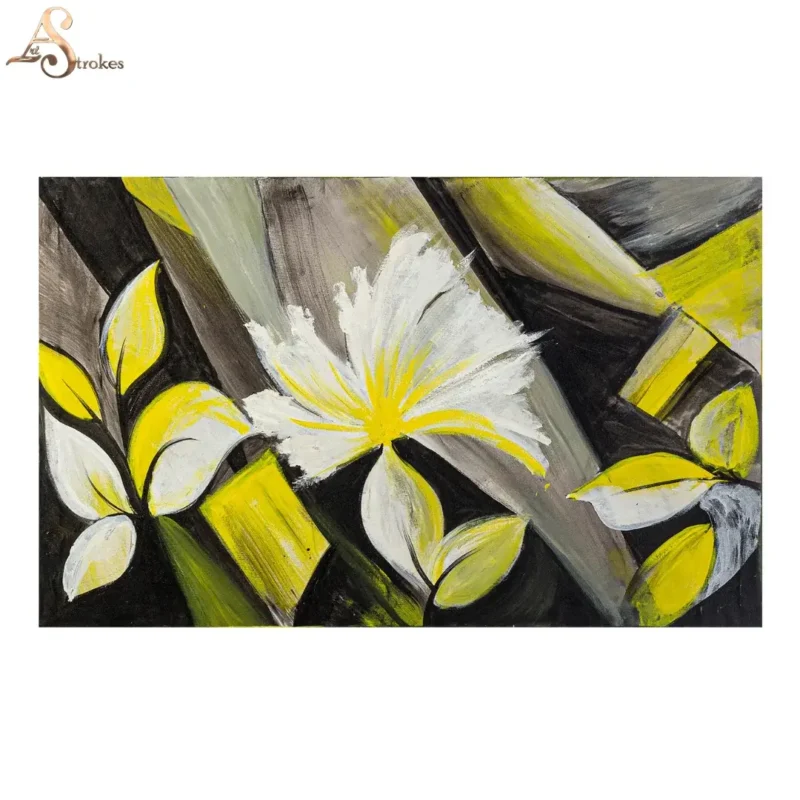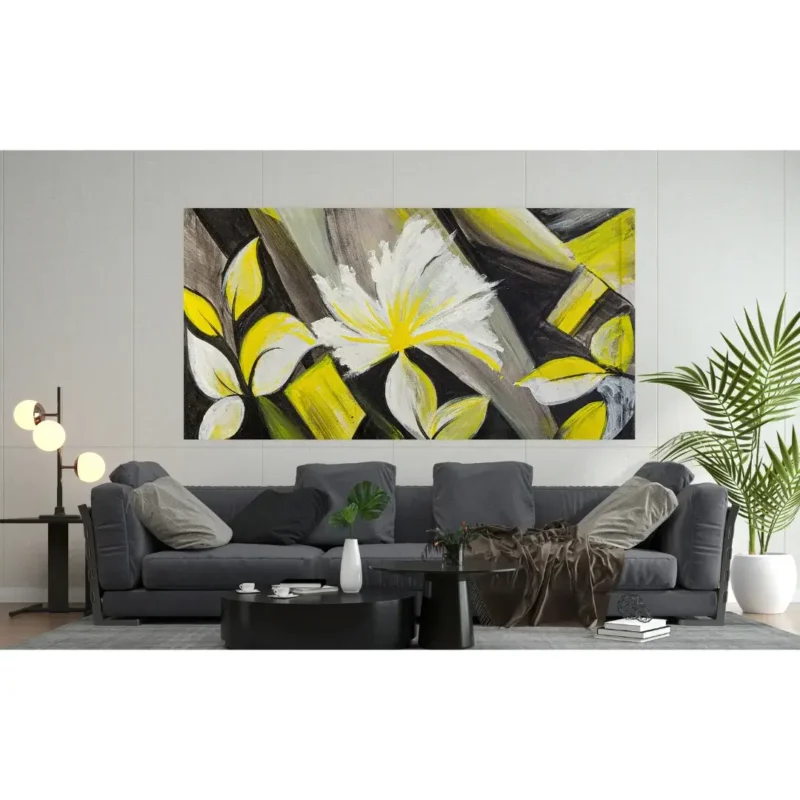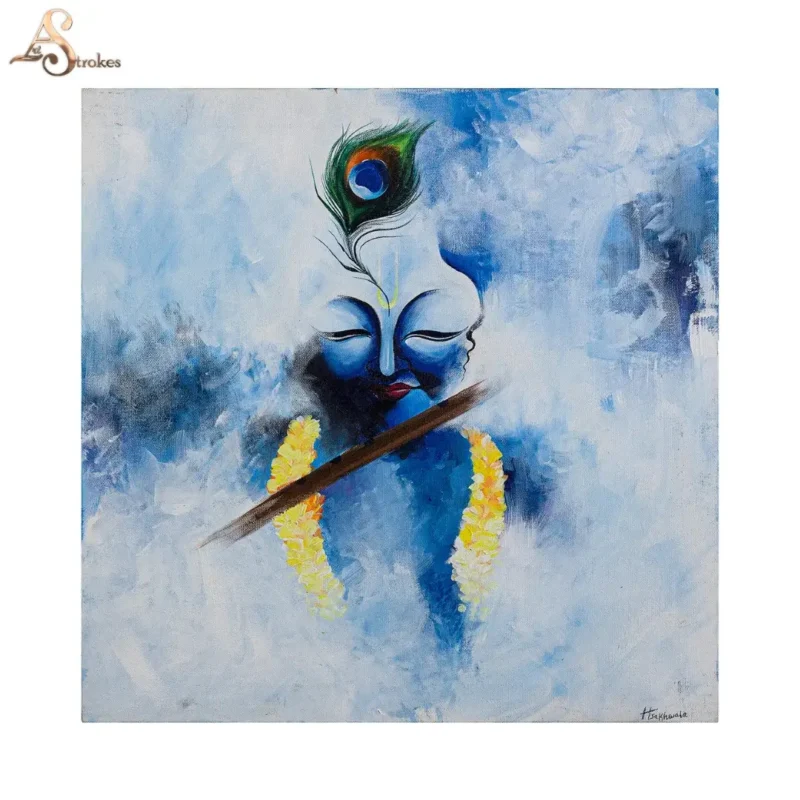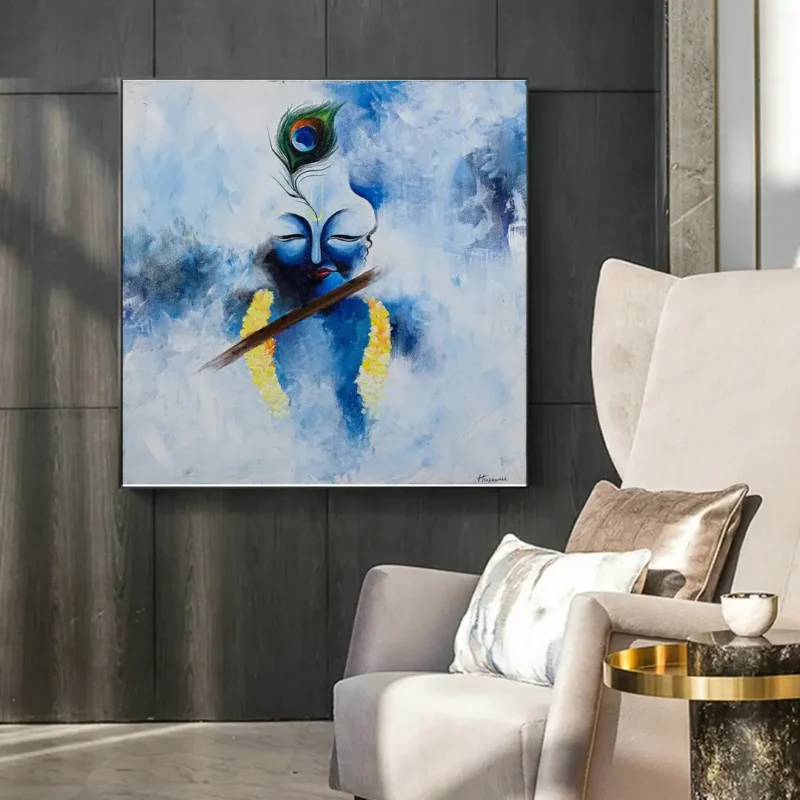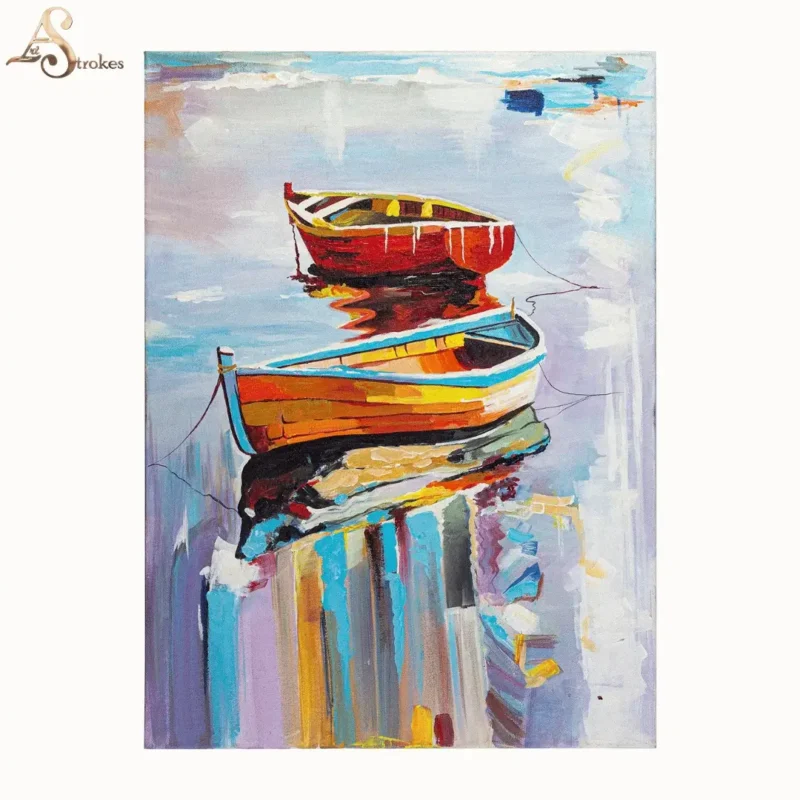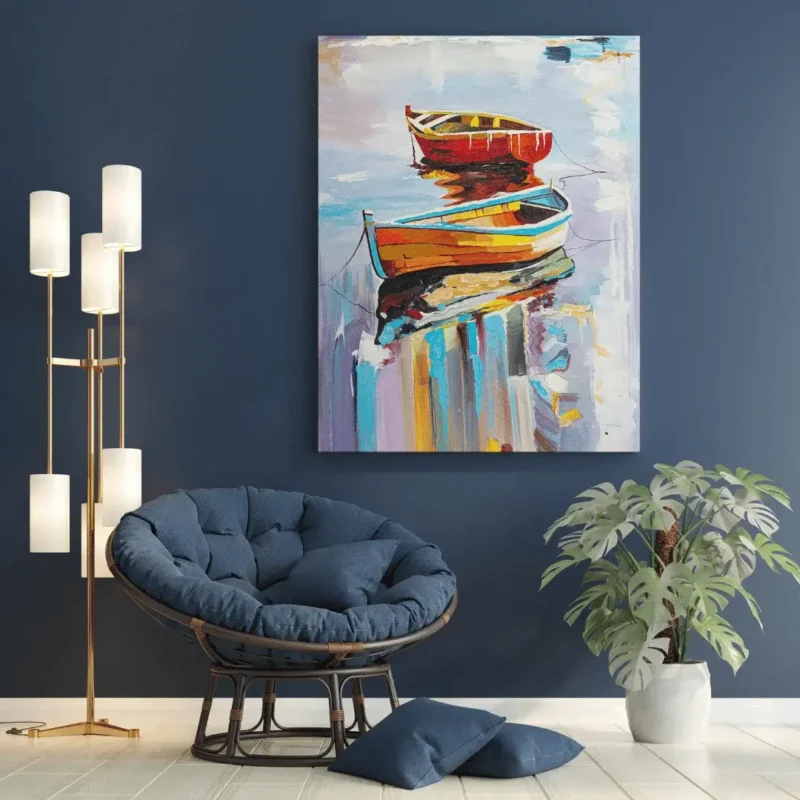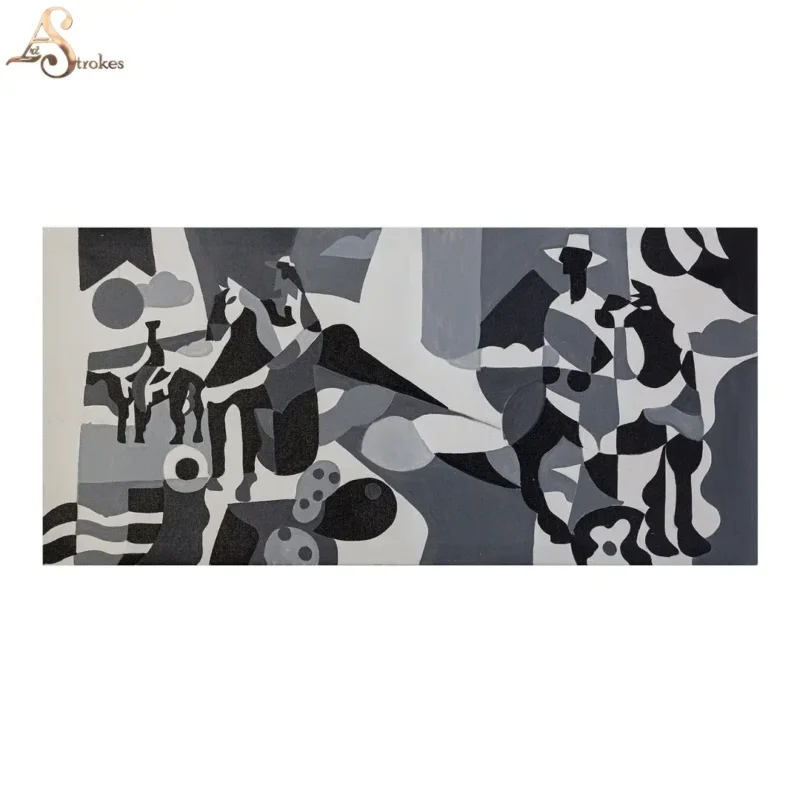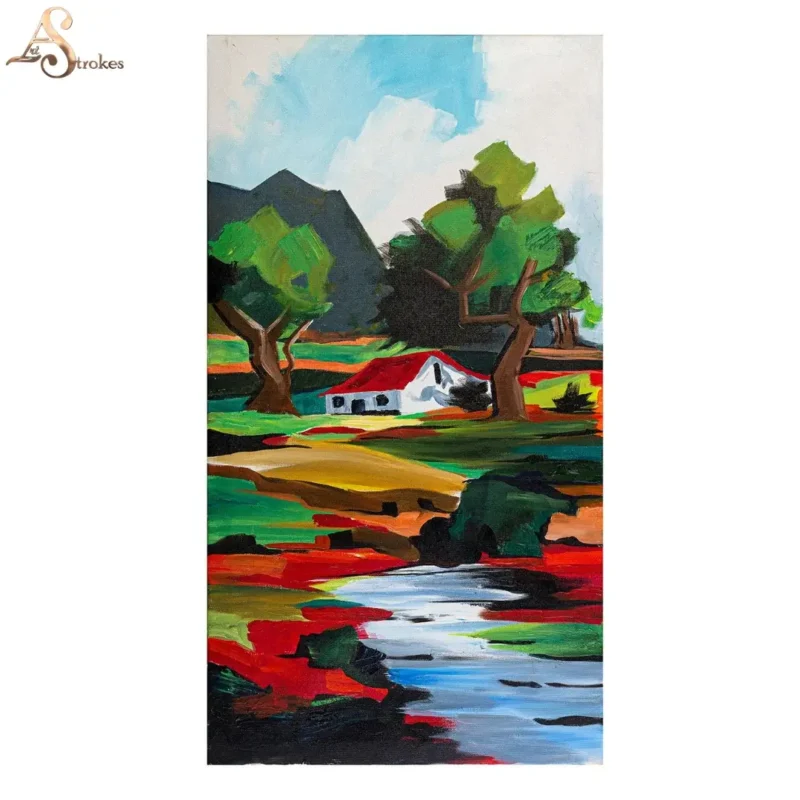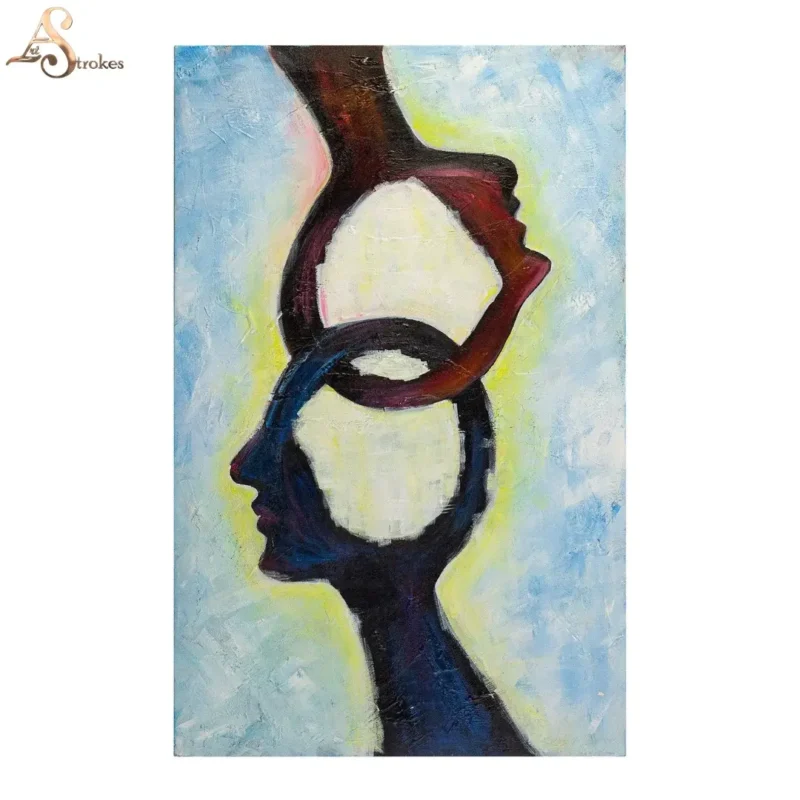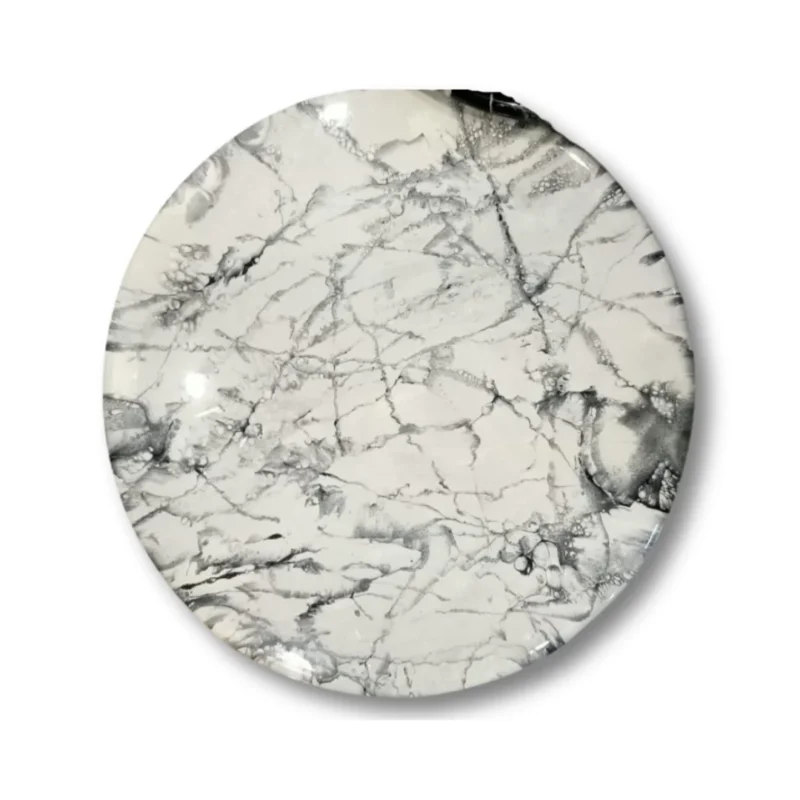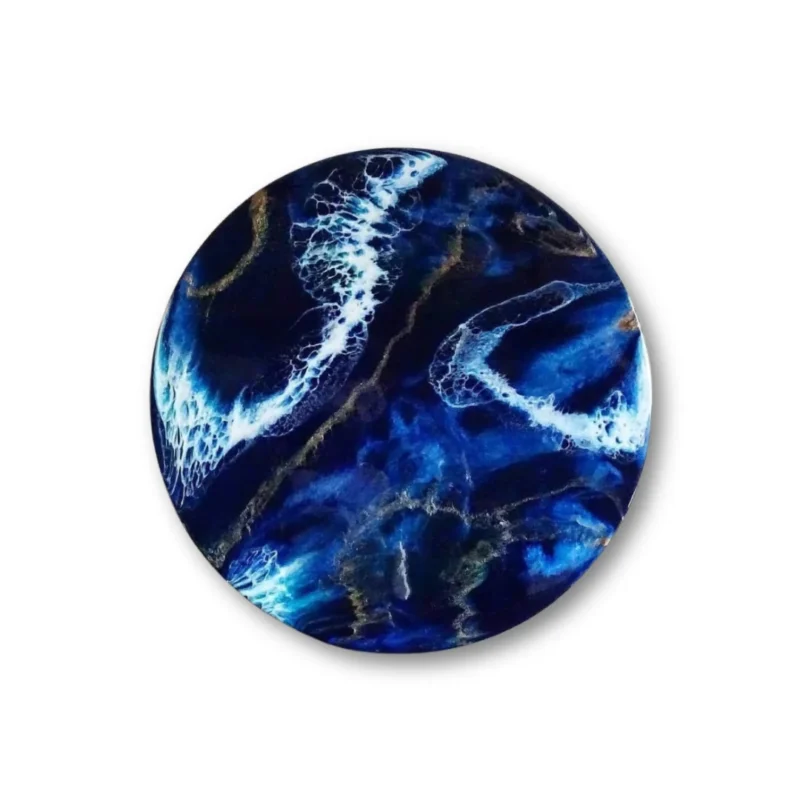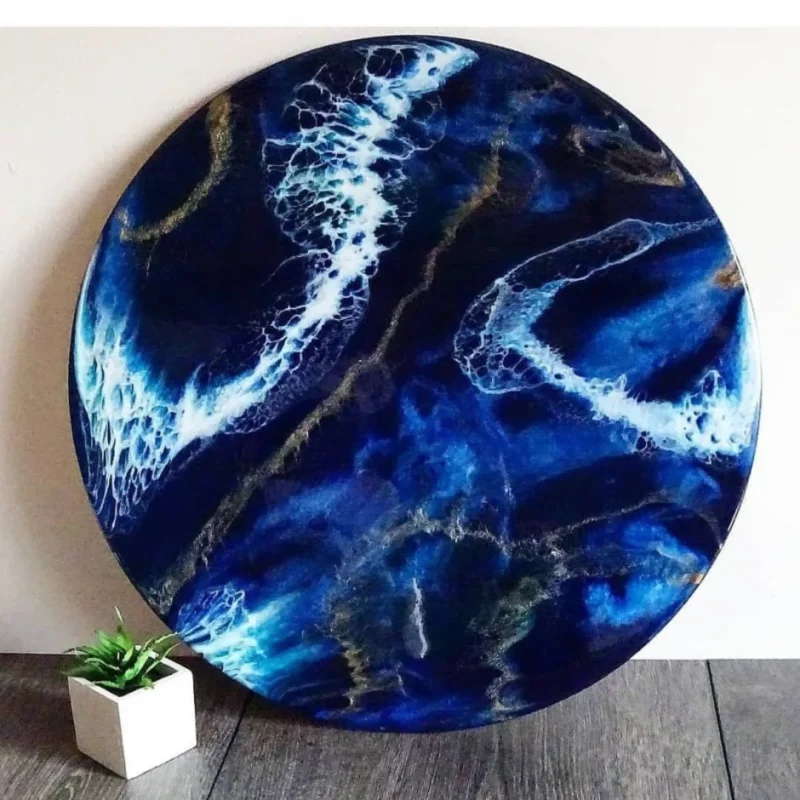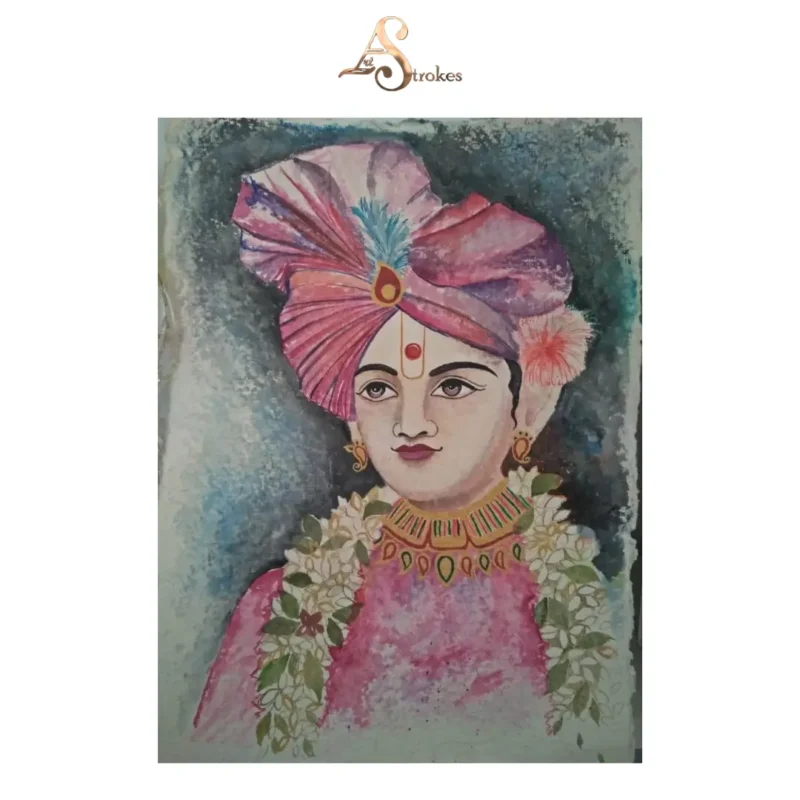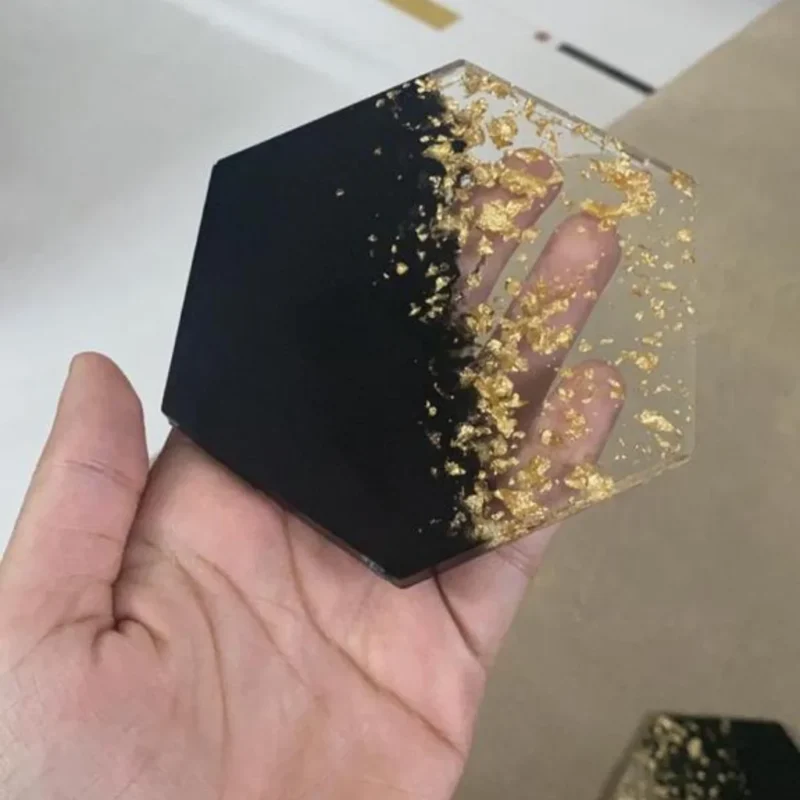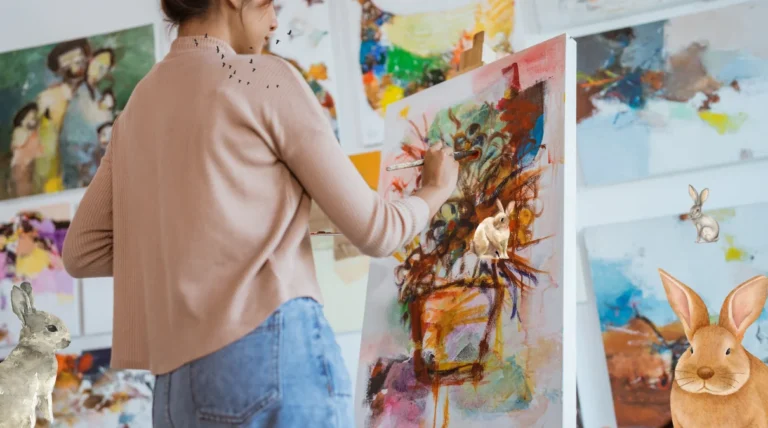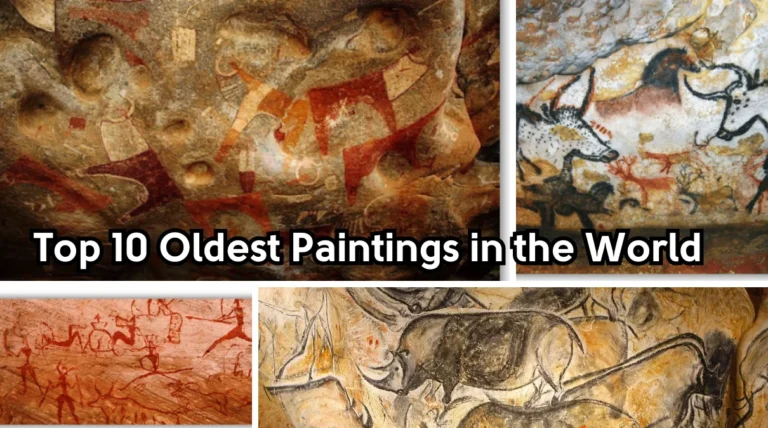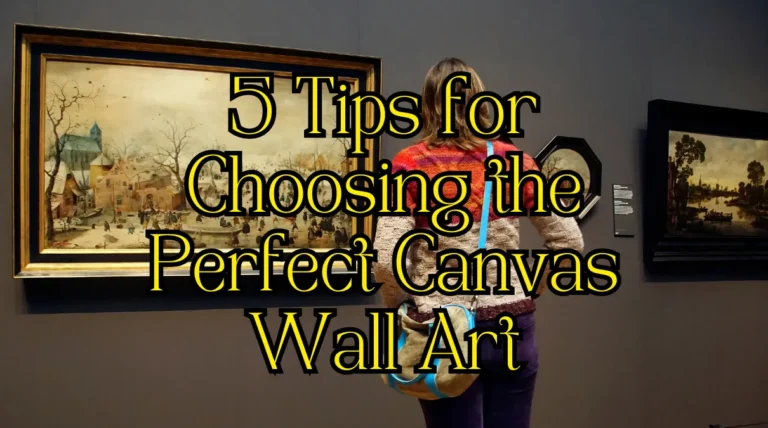Why Do Rich People Buy Costly Paintings? An In-Depth Exploration
Art has been a powerful medium of human expression for centuries. It interprets thoughts, emotions, and imaginations, connecting people across generations and cultures.
From paintings to sculptures, art has inspired, motivated, and even transformed society.
But when it comes to the extremely wealthy, why do they spend millions on pieces of art?
What drives rich individuals to invest in such costly creations?
Let’s explore the key reasons behind this trend:
1) Passion for Art
Many wealthy individuals have a genuine passion for art. For them, art is not just an object of beauty but a deep reflection of history, culture, and creativity. Paintings, sculptures, and other artistic forms allow them to explore the world’s vast array of customs, perspectives, and civilizations.

Art helps these individuals understand themselves and others better. They value the craftsmanship, creativity, and intellect that go into creating masterpieces. This passion often compels them to acquire unique pieces, making their art collections both personal treasures and public expressions of their artistic inclinations.
2) Building a Legacy
For many rich people, art is more than a temporary indulgence—it is a long-term investment in their family legacy. Acquiring famous, expensive paintings is often seen as a way to pass down wealth, culture, and history to future generations.
Imagine inheriting a priceless masterpiece by Leonardo da Vinci or Vincent van Gogh. These paintings become family heirlooms, connecting generations and maintaining the legacy of wealth and culture.
3) Showcasing Social Status
Just like luxury cars, watches, or estates, expensive art is a status symbol for the rich. A unique, high-priced painting hanging on the wall not only enhances the visual appeal of their home or office but also sends a message of refinement, success, and sophistication.
Possessing rare art is a way for the wealthy to express their personal taste and display their wealth. Artworks that carry historical or cultural significance add to the aura of exclusivity around the collector, reflecting their elevated position in society.

4) Enhancing Workspaces and Creativity
Art doesn’t just adorn homes; it also plays an essential role in professional spaces. Many wealthy individuals buy contemporary and modern art to decorate their offices or corporate headquarters, using these pieces to create an environment that stimulates creativity, boosts morale, and enhances productivity.
A vibrant, artistic workspace can improve mood, inspire creativity, and even help solve problems by expanding perspectives. For the wealthy, investing in art is a way to create a mentally stimulating environment conducive to success.
5) Diversifying Investment Portfolios
Wealthy individuals are always looking for diverse investment opportunities, and art has increasingly become a part of their investment portfolios. Much like stocks, real estate, or commodities, fine art can appreciate in value over time, offering lucrative returns.
Yet, investing in art can be risky. Artworks don’t always guarantee profits, but when the right piece is purchased, the returns can be substantial. A prime example is Leonardo da Vinci’s “Salvator Mundi,” which sold for a record-breaking $450 million in 2017. For the ultra-rich, buying art at auctions or from galleries is a way to expand their assets while enjoying the beauty of their investment.
6) Returns on Investment
The global art market has shown remarkable growth over the years, making it an attractive investment avenue. From 2022 to 2023, the art market grew from $441.02 billion to $579.52 billion, marking a significant rise.
Art, especially rare and high-quality pieces, has been known to appreciate exponentially in value over time. For example, a painting bought for $500 today could be worth $500,000 or more a decade later. Thus, many affluent individuals view art not just as decoration but as a vehicle for long-term financial growth.
7) Charitable Contributions
For some wealthy art collectors, buying art is driven by a philanthropic mindset. They invest in art with the intention of donating it to galleries, museums, or cultural institutions, helping preserve these cultural treasures for future generations. Their contributions support the arts and encourage emerging artists, allowing them to leave a lasting mark on society.
These donations also give the wealthy an opportunity to support art preservation and restoration, ensuring that important artistic works are maintained for public enjoyment.

8) Legal and Illegal Financial Strategies
While many wealthy individuals buy art for noble or personal reasons, others exploit the flexibility of the art market for less-than-ethical purposes. Some of these tactics include:
a) Hiding Money
The art market allows for anonymity in transactions and flexible pricing, making it a convenient platform for hiding money. By purchasing expensive artworks, wealthy individuals can protect their assets from scrutiny, evading taxes or financial investigations.
b) Tax Avoidance
The wealthy can also use art to reduce tax burdens. For instance, by donating art to a charitable institution, they can claim a tax write-off. Similarly, by storing art in freeports (tax-free zones), they avoid paying sales and use taxes, creating an attractive loophole for tax-savvy investors.
c) Money Laundering
Unfortunately, the art market is also susceptible to money laundering. Anonymous transactions, inflated pricing, and complex international regulations provide a cover for converting illegal funds into legitimate income through the sale and resale of artwork.
Conclusion: Art in the Lives of the Rich
For the rich, art serves multiple purposes—it’s a passion, an investment, a status symbol, and sometimes even a tool for legal and financial maneuvering. Art not only reflects their taste, personality, and success but also becomes a vehicle for wealth preservation and growth.
Whether motivated by their love for creativity or a strategic financial decision, the wealthy find art to be a multifaceted asset that enriches their lives in more ways than one.
Next time you wonder why the rich invest heavily in art, remember that it’s not just about having a beautiful painting on the wall. It’s about legacy, investment, cultural expression, and sometimes even financial strategy.
For the wealthy, art is a key to unlocking personal fulfillment and financial opportunity in ways that extend far beyond aesthetics.

